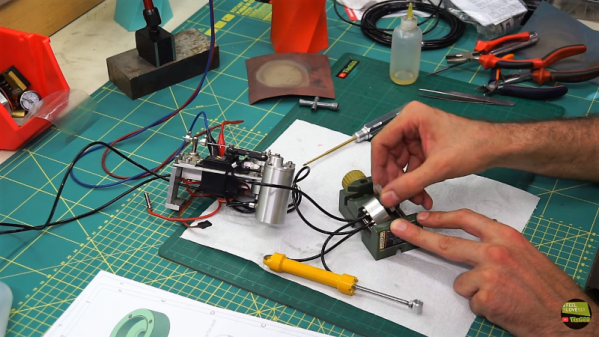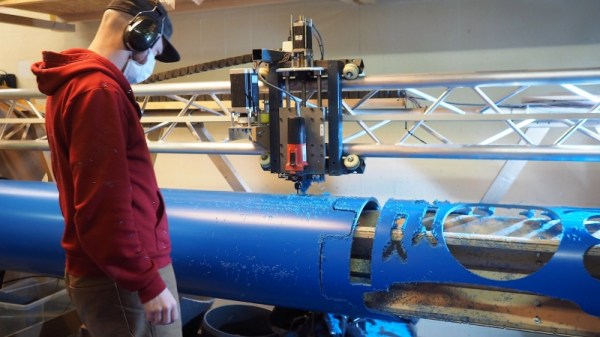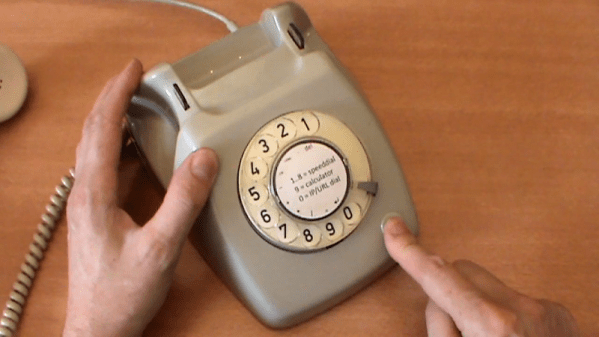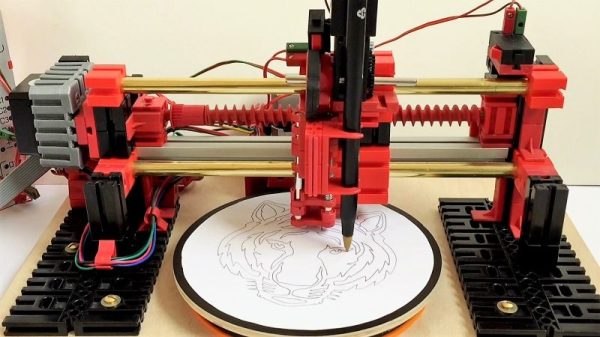With its constant siren song of distraction and endless opportunity for dopamine hits, a smartphone can cause more problems than it solves. The simple solution would be a no-nonsense flip phone, but that offers zero points for style. So why not build your own rotary dial pocket cellphone?
Of course, what style points accrue to [Justine Haupt] take a hit in terms of practicality, but that was never really the point of this build. And even then, the phone appears to be surprisingly useful. It’s based on the rotary dial from a Trimline phone, which itself was an epic hack back in 1965 when it was introduced. The 3D-printed case contains an ATmega2560V microcontroller and an Adafruit FONA 3G cell module, while a flexible mono eInk display adorns the outside. Some buttons, a folding SMA antenna, and some LEDs for signal strength and battery level complete the build, which easily slips into a pocket. The dial can be used not only to dial the phone but to control the speaker volume; in practice, [Justine] mainly uses the speed dial buttons to make calls, though.
We’ve seen rotary phones converted to cell before, but this one is a next-level integration of the retro and the modern. It’s simple, intuitive, and distraction-free, and best of all, it’s a great excuse not to return a text.
Thanks to [J. Peterson] for the tip.

















